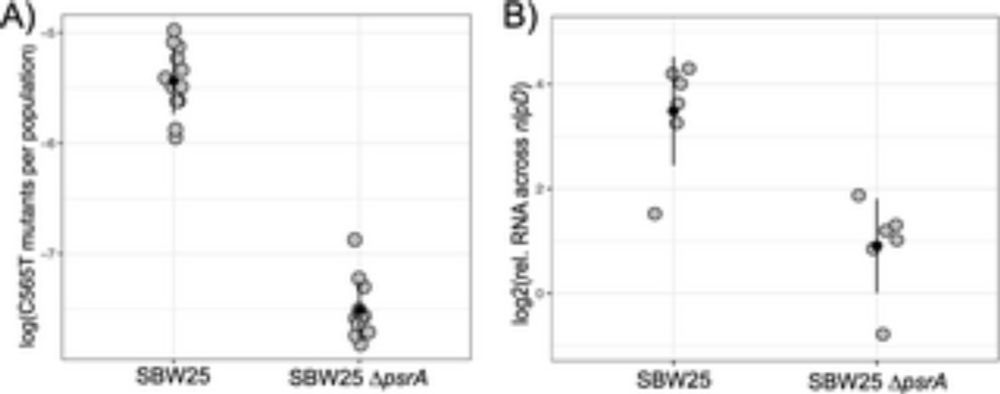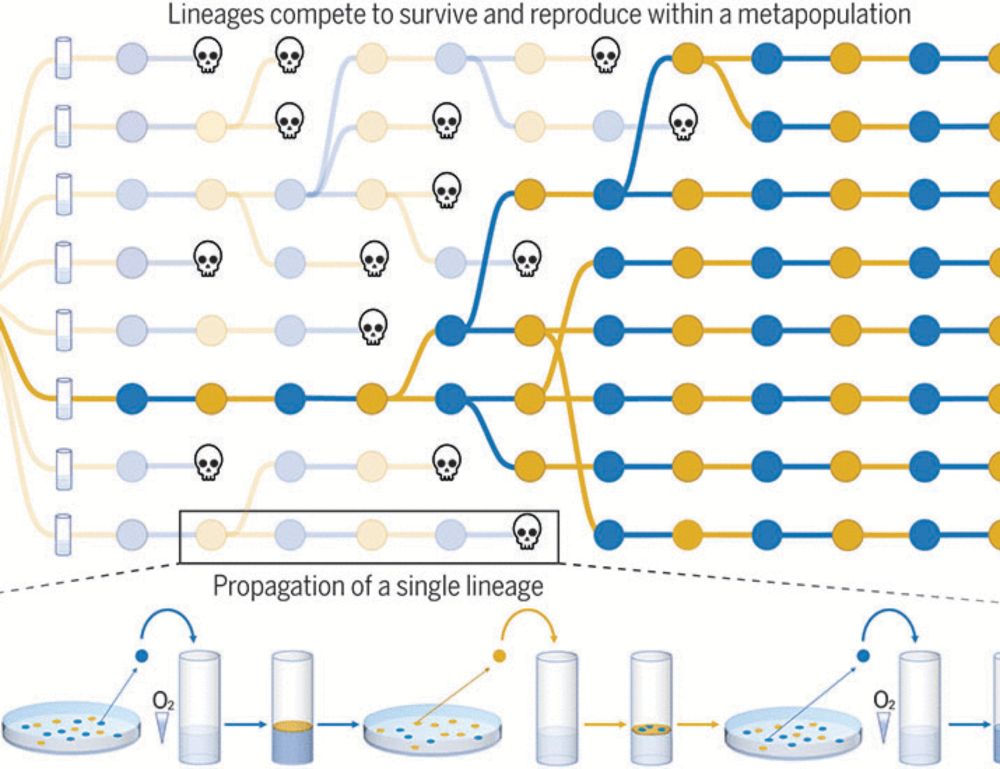www.biorxiv.org/content/10.1...

www.biorxiv.org/content/10.1...

www.science.org/doi/10.1126/... described the evolution of evolvability in 46 mutational steps. The refining hand of selection - working lineages - was key, but @michael-barnett.bsky.social used just 8 lineages 🫠. Can selection above the level of the individual really be so potent?

www.science.org/doi/10.1126/... described the evolution of evolvability in 46 mutational steps. The refining hand of selection - working lineages - was key, but @michael-barnett.bsky.social used just 8 lineages 🫠. Can selection above the level of the individual really be so potent?

